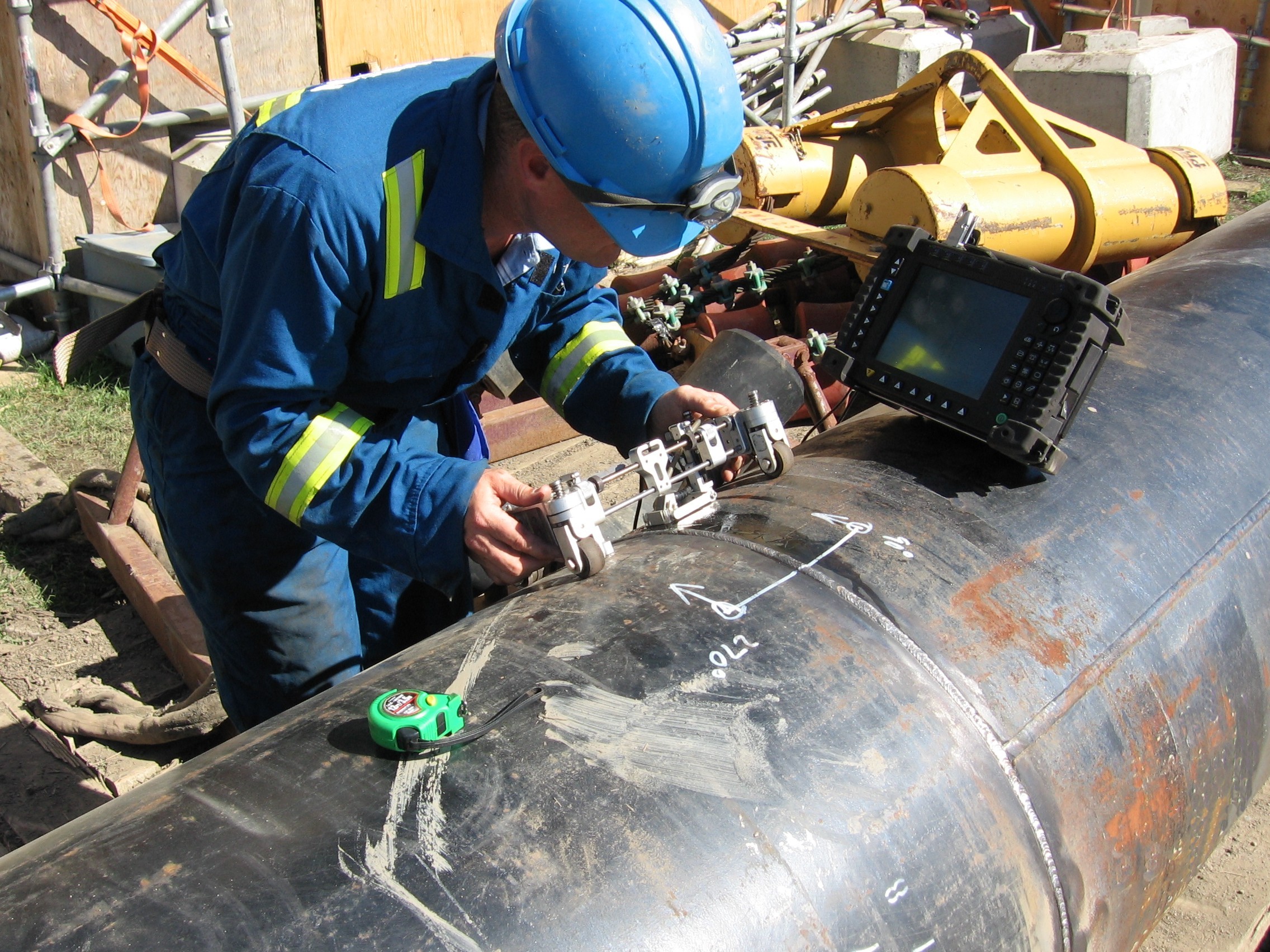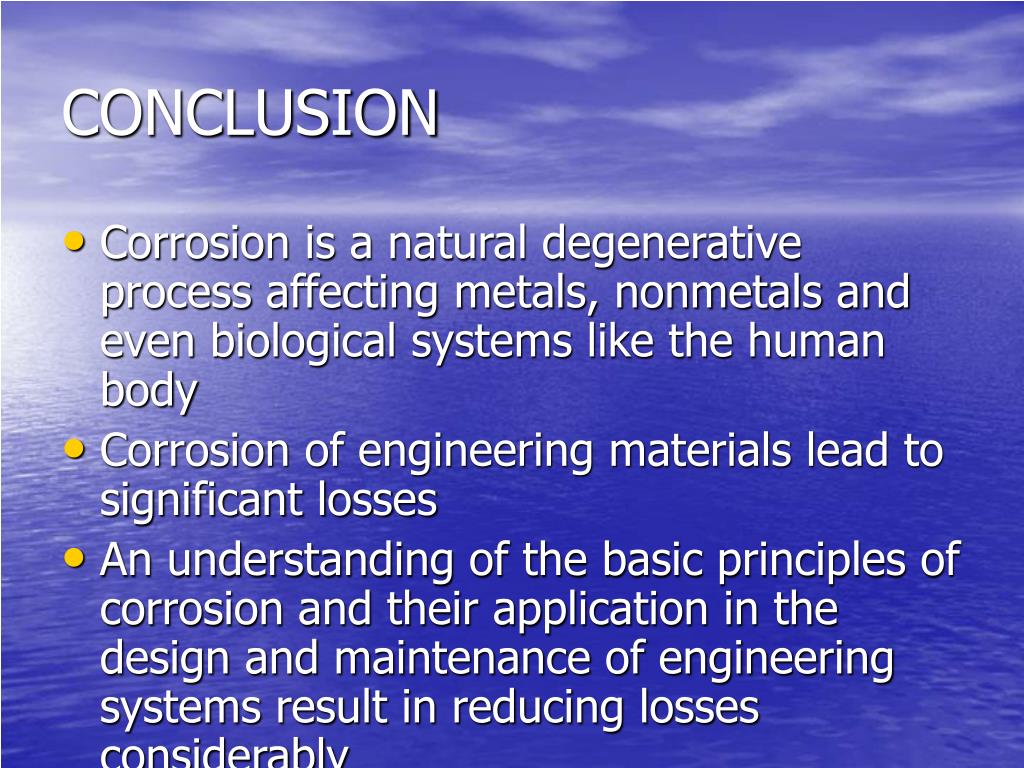Corrosion Presentation
| Introduction to Corrosion | ||
|---|---|---|
| Corrosion is the process of deterioration of materials due to chemical reactions with the environment. It is a common problem in many industries and can cause significant economic and safety issues. Understanding the types and mechanisms of corrosion is crucial for effective prevention and mitigation. | ||
| 1 | ||
| Types of Corrosion | ||
|---|---|---|
| Uniform corrosion occurs evenly over the entire surface of a material. Galvanic corrosion occurs when two dissimilar metals are in contact in the presence of an electrolyte. Pitting corrosion is localized corrosion that creates small holes or pits on the material's surface. | ||
| 2 | ||
| Corrosion Mechanisms | ||
|---|---|---|
| Chemical corrosion involves reactions between the material and its environment, such as oxidation or acid attack. Electrochemical corrosion occurs when a metal acts as an electrode and undergoes oxidation and reduction reactions. Microbiologically influenced corrosion (MIC) is caused by microorganisms that promote corrosion by producing corrosive byproducts. | ||
| 3 | ||
| Factors Affecting Corrosion | ||
|---|---|---|
| Environmental factors such as temperature, humidity, and presence of corrosive substances impact corrosion rates. Material factors like composition, microstructure, and surface condition affect the susceptibility to corrosion. Design and maintenance practices can also influence corrosion, such as inadequate coatings or poor drainage systems. | ||
| 4 | ||
| Corrosion Prevention and Control | ||
|---|---|---|
| Protective coatings like paints, varnishes, and metal plating can provide a barrier against corrosive elements. Cathodic protection involves applying a sacrificial anode or an impressed current to protect the material from corrosion. Proper material selection and design, along with regular inspection and maintenance, can prevent or minimize corrosion. | ||
| 5 | ||
| Corrosion Testing and Monitoring | ||
|---|---|---|
| Corrosion testing involves exposing materials to simulated corrosive environments to assess their resistance. Non-destructive testing techniques like ultrasonic testing or corrosion coupons can monitor corrosion rates without damaging the material. Remote monitoring systems can provide real-time data on corrosion rates, allowing for timely intervention and preventive measures. | ||
| 6 | ||
| Corrosion in Specific Industries | ||
|---|---|---|
| Oil and gas industry: Corrosion in pipelines, storage tanks, and offshore structures can lead to leaks, explosions, and environmental damage. Automotive industry: Corrosion in car bodies and structural components can compromise safety and reduce the lifespan of vehicles. Infrastructure: Corrosion in bridges, buildings, and water pipelines can cause structural failures and costly repairs. | ||
| 7 | ||
| Case Studies | ||
|---|---|---|
| The collapse of the Silver Bridge in 1967 was attributed to corrosion of critical suspension components, resulting in 46 deaths. The Deepwater Horizon oil spill in 2010 was caused by corrosion and failure of the blowout preventer, leading to the largest marine oil spill in history. The corrosion of water pipes in Flint, Michigan, resulted in lead contamination and a public health crisis. | ||
| 8 | ||
| Conclusion | ||
|---|---|---|
| Corrosion is a widespread problem that can have severe consequences in various industries and infrastructures. Understanding the types, mechanisms, and factors influencing corrosion is essential for effective prevention and mitigation. By implementing proper prevention strategies, regular monitoring, and timely maintenance, we can minimize the impact of corrosion and ensure the longevity and safety of materials and structures. | ||
| 9 | ||








